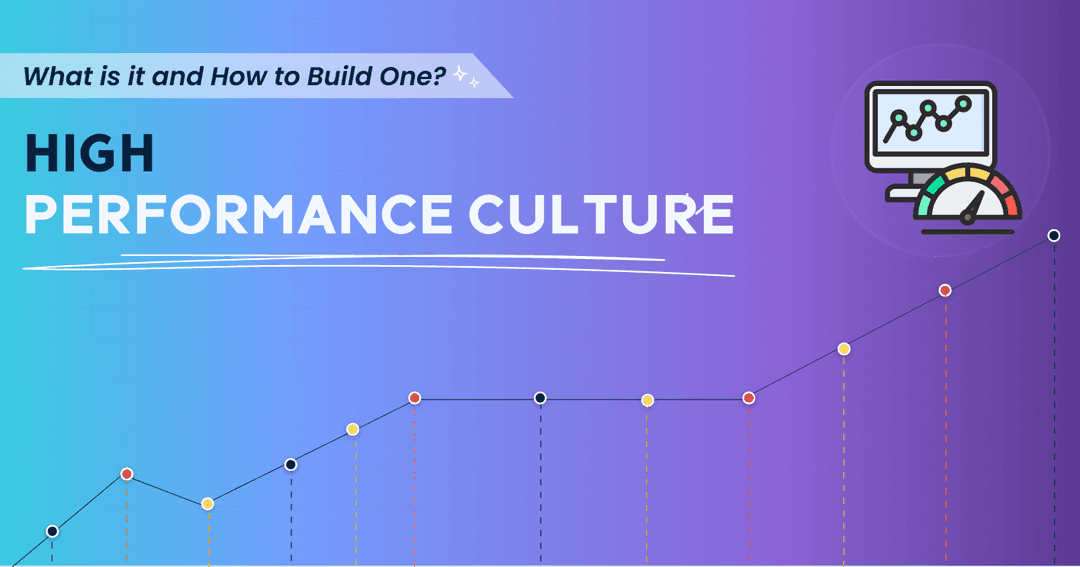
It is astonishing that organisations with a high-performance culture are five times more likely to outperform their competition. According to a Harvard Business Review study, developing this kind of culture is one of the most effective ways to attain sustainable growth and innovation.
But what is high-performing culture exactly, and why does this matter? It is not merely achieving numbers; it's the type of environment where people grow to excel and in turn are connected with the organisation's vision in a deeper way. They can contribute their best every day as they feel good in the organizational culture.
In this article, we'll delve deep into the idea of high-performance culture, define its main features, and provide action steps to build one in your own organisation. Let's get started.
A high-performance culture is more than just a buzzword, it is a workplace ecosystem designed to inspire and enable employees to perform to their best potential. Thriving in an environment of clear objectives, accountability, collaboration, and leadership driven by purpose and also enhances company values.
According to a study by Harvard Business Review, organisations with a rich performance culture are five times more likely to outperform industry competitors. These facts confirm that it is an essential determinant of innovation, accomplishment of business objectives, and attraction of quality talent.
In such a culture, every employee-from high-performing employees to the entry-level staff-is aligned with the organisation's vision and works together in the direction towards common goals. This not only enhances moods but also nurtures a sense of purpose within members belonging to teams and getting them aligned to the organizational values .
Here are the 5 key characteristics you will have to look into to build a high-performance organization:
For instance, a defined high performance culture ensures that employees' objectives are aligned with the business goals, mission, vision, and values. It brings together a uniform workforce moving in the same direction and helps everyone understand how their individual contributions play a role in making the larger picture work.
Business leaders are a backbone of performance-driven cultures. Results-producing, resilient, and committed team leaders inspire their people to perform at levels that are considered extraordinary. They lead by example, demonstrating the values of the organisation and encouraging a culture of trust and accountability.
Employee engagement and empowerment go together. Employees who are valued and able to work on their own terms are most likely to go that extra mile. Recognising their contribution and involving them in decision-making processes fosters a sense of ownership and enhances the overall employee experience.
Continuous learning is not acceptable in a high-performance culture. Investments into outsourcing coaching or mentorship programmes and capabilities-building workshops ensure employees are skilled at adapting, growing, and succeeding with a growth mindset enabling a high-performance workplace.
Business environments are always changing, so agility becomes very essential. High-performance work cultures invent and make room for flexibility, allowing teams to pivot on specific market trends and challenges easily. Agile and high-performing organizations encourage creative thinking and problem-solving positive behaviour throughout the organisation.
A healthy performance culture has benefits for organisations beyond efficiencies in operations. Here are the most significant advantages:
Talent Pool with Skills for Lifetime Future Challenges - Employee development-centric organisations build a pool of employees who can be fully capable of supporting and solving future dilemmas and thus sustainable over time.
Companies That Value Growth Beyond Promotions
Organisations like Google focus on holistic employee development, offering learning opportunities and career growth that extend beyond traditional promotions. This approach nurtures a culture of innovation and excellence.
Leadership That Prioritizes Cultural Change
Netflix has set a benchmark in fostering high performance by prioritizing freedom, accountability, and innovation. Its leadership actively drives cultural shifts to stay relevant and results-oriented.
Leaders Coaches and Mentors
Unilever says leadership development as enablers of change-the manager can coach in order to inspire and enable the teams; thus there is a climate of continuous improvement.
You first start by defining what your mission, vision, and core values are. Then ensure these are communicated so employees clearly understand how their roles fit into the bigger organisational purpose.

Inspire openness of communication at all levels in the organisation. Leaders should listen to their employees, give constructive feedback, and cultivate an environment that empowers open-minded ideas.

Tools and frameworks for tracking performance must be introduced. Regular reviews of performance, defined KPIs, and recognition of achievements ensure accountability and constant improvement.
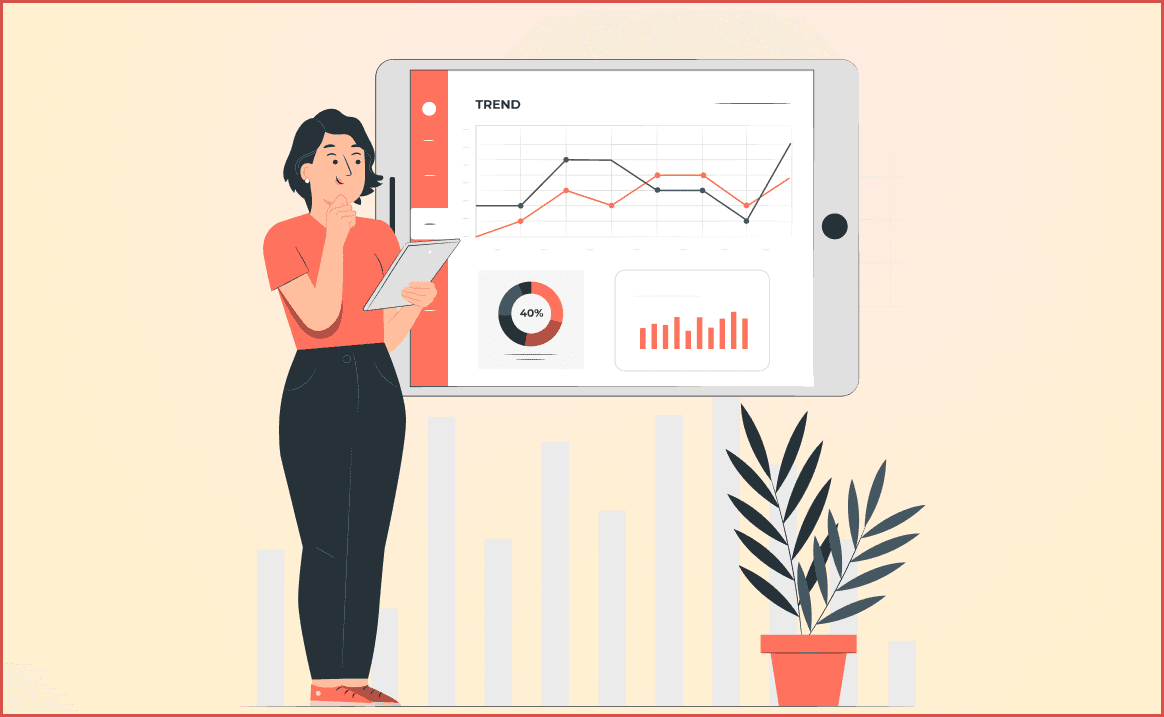
Celebrate successes, no matter how small. Recognition programs and rewards for behaviors that align with organizational goals reinforce a positive workplace culture.

Burnout can derail even the most motivated teams. Promote initiatives that encourage work-life balance, such as flexible working hours, wellness programs, and time-off policies, to maintain long-term engagement and productivity.

Measuring the success of a high-performance culture is a critical element of continuous improvement. Here's how you can do it:
Employee Surveys and Feedback Sessions-
Systematically collect input from employees to measure engagement, satisfaction, and alignment with organisational goals. This information might be used as input for better improvement.
Behavioural and Performance Data of Employees-
Track KPIs like levels of productivity, retention, and attendance to determine trends and success or concern areas.
Analytics and Insights for Informed Decision-Making-
Tap into robust analytics capabilities to measure the effectiveness of cultural initiatives and drive business-focused decisions.
Creating a high-performance culture requires more than just strategic intent—it demands actionable insights, fair practices, and tools to align employee aspirations with organisational goals.
This is where CompUp plays a pivotal role, equipping HR leaders and CHROs with cutting-edge solutions to tackle challenges like employee retention, engagement, and performance optimization. Let’s explore how CompUp contributes to building and sustaining a high-performance culture:
1. Trustful Compensation Governance
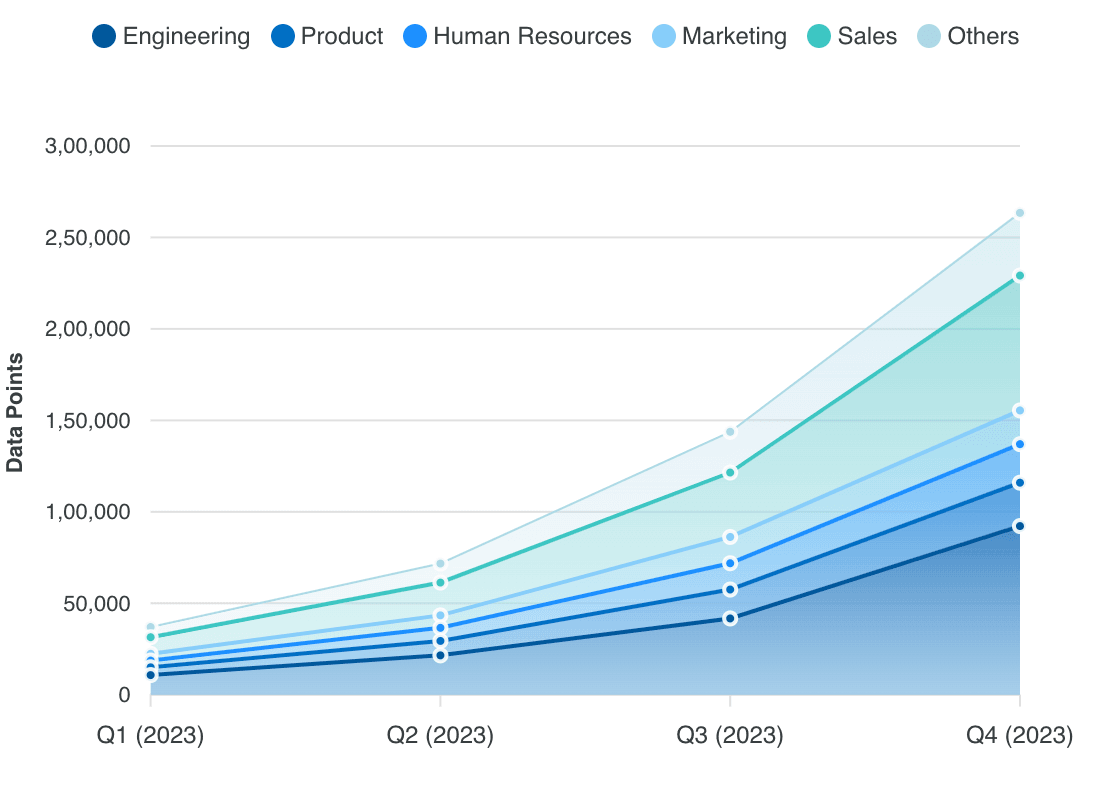
2. Facilitating Fairness with Pay Gap Analysis
Continuous benchmarking shows where the organization stands on unbiased practices to increase the level of morale and trust among the employees-a powerful driver of high performance.
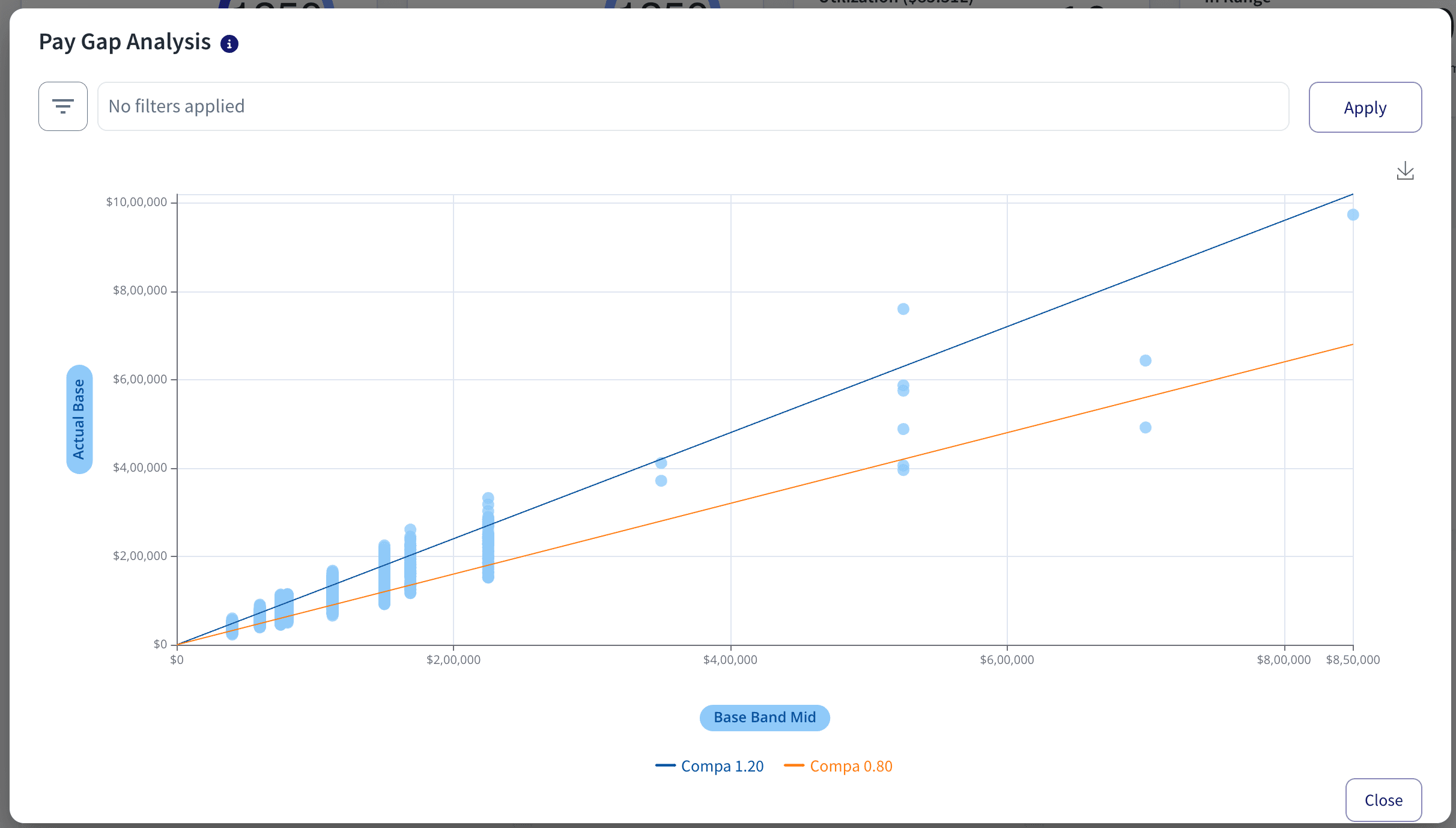
3. Using Benchmarking as a Competitive Advantage
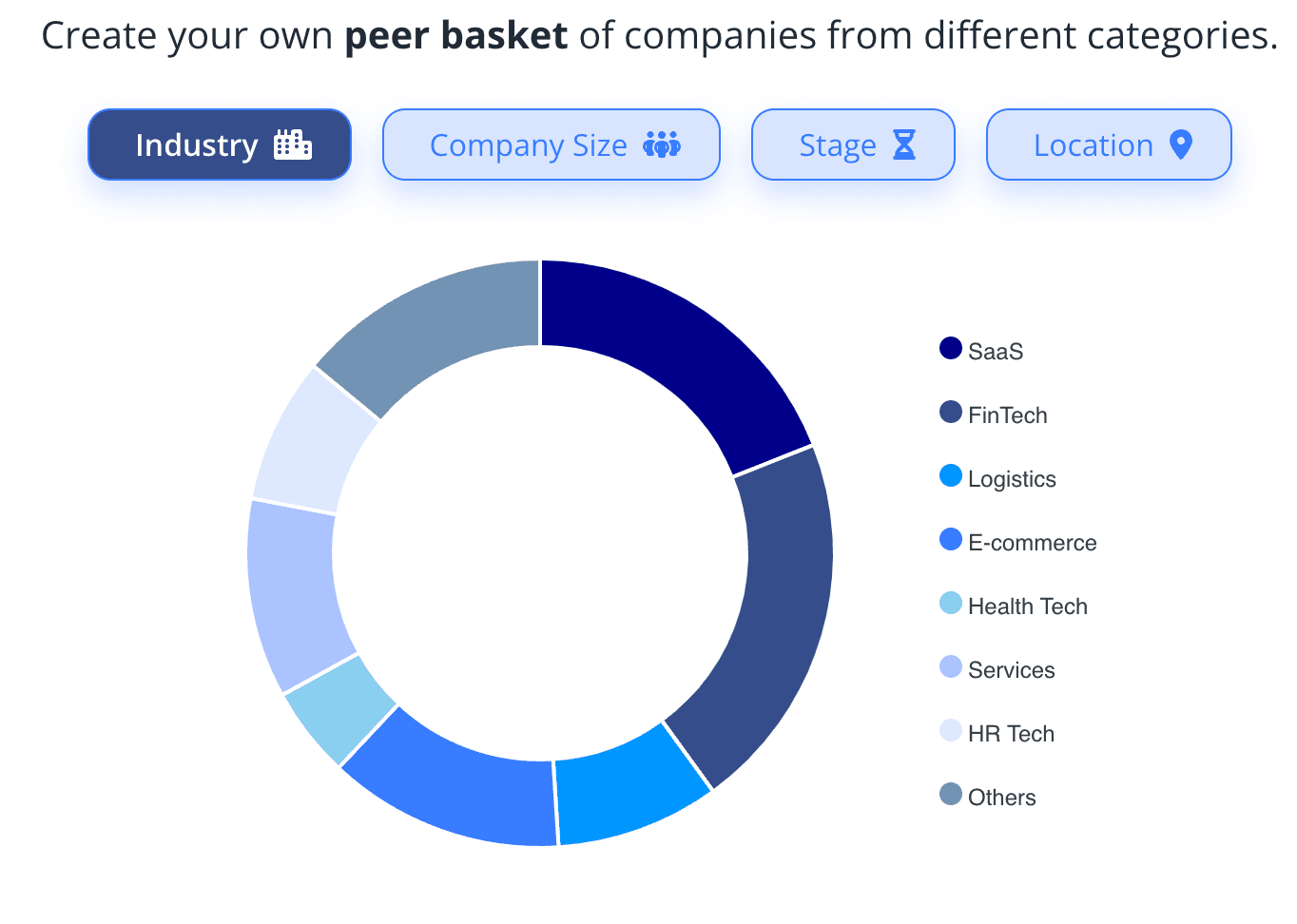
4. Smart Budget Planning for Top Talent Retention
Scenario-Based Planning: Using predictive simulations, HR can measure the effect of varied reward strategies to ensure that outcomes are based on real data and aligned with performance-based goals.
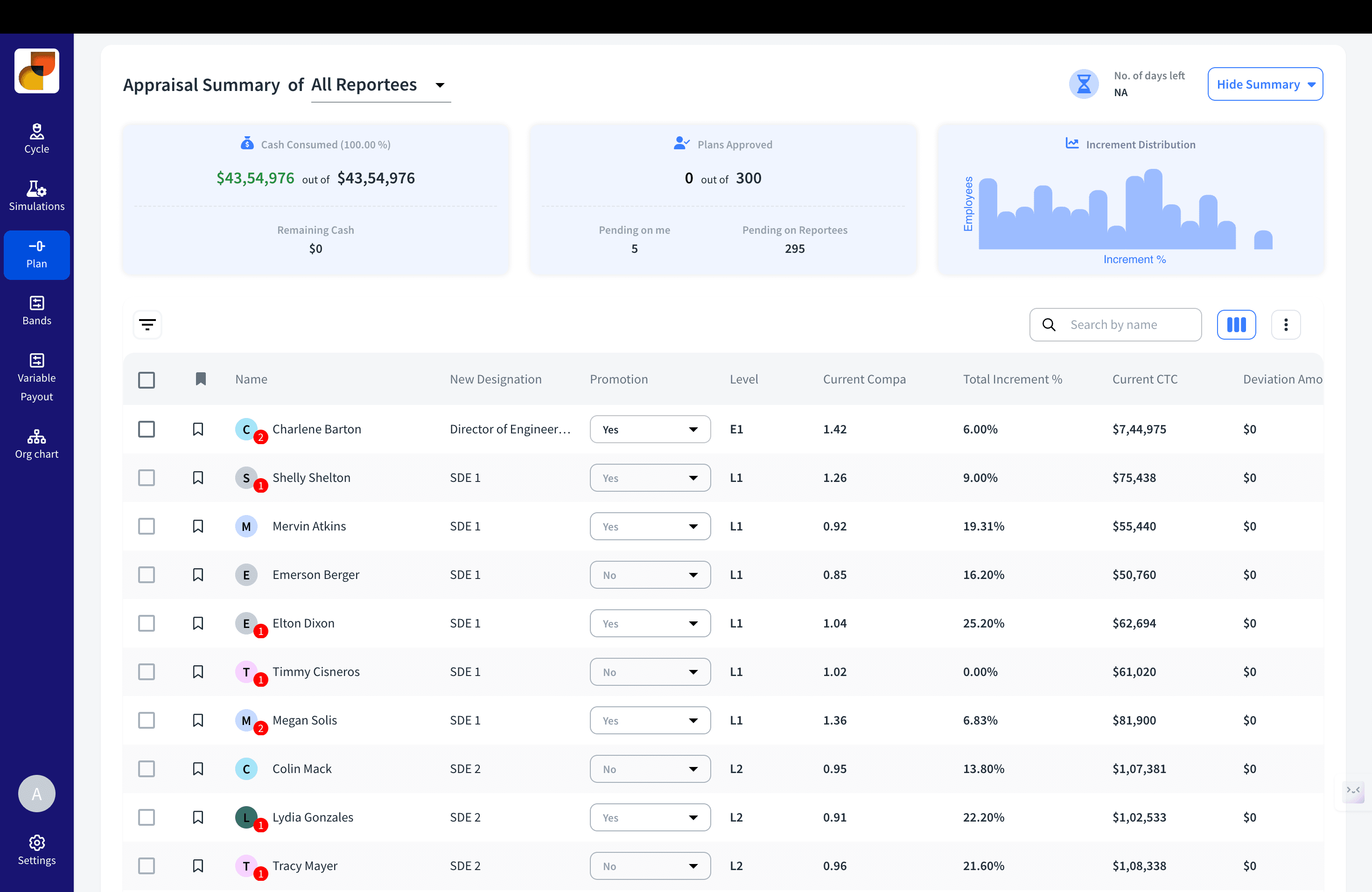
5. Crafting the Complete Value by Total Rewards
Emphasizing Non-Monetary Rewards: Nowadays, employees are looking for work-life balance, and development and wellness initiatives. CompUp assists in effective communication of the same to establish commitment and improve performance.
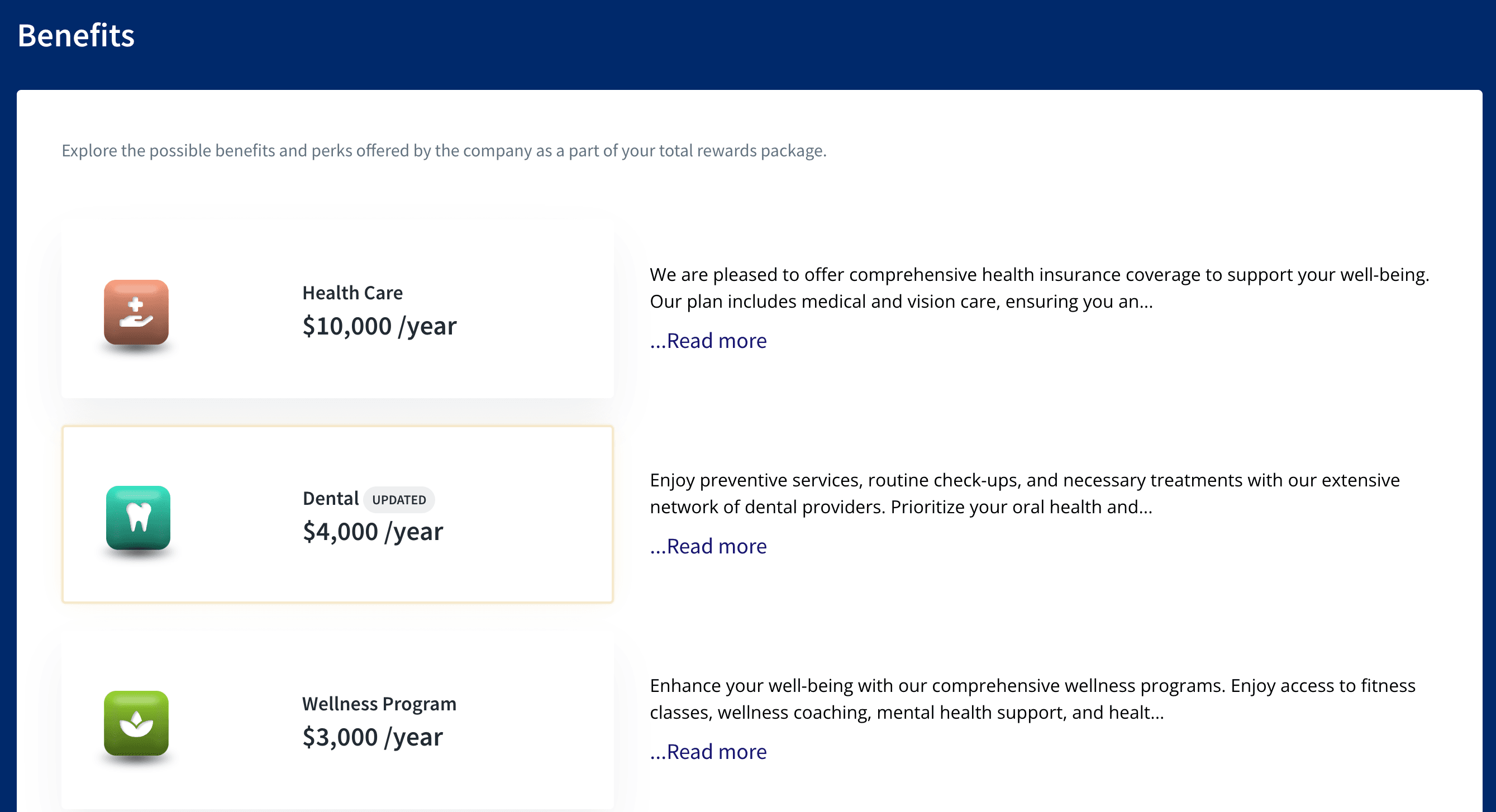
6. Actionable Insights to Proactively Mitigate Risks
Sentiment Analysis: CompUp ensures that organizations understand employee sentiment in time to address dissatisfaction before it negates performance, keeping the team energized and focused.
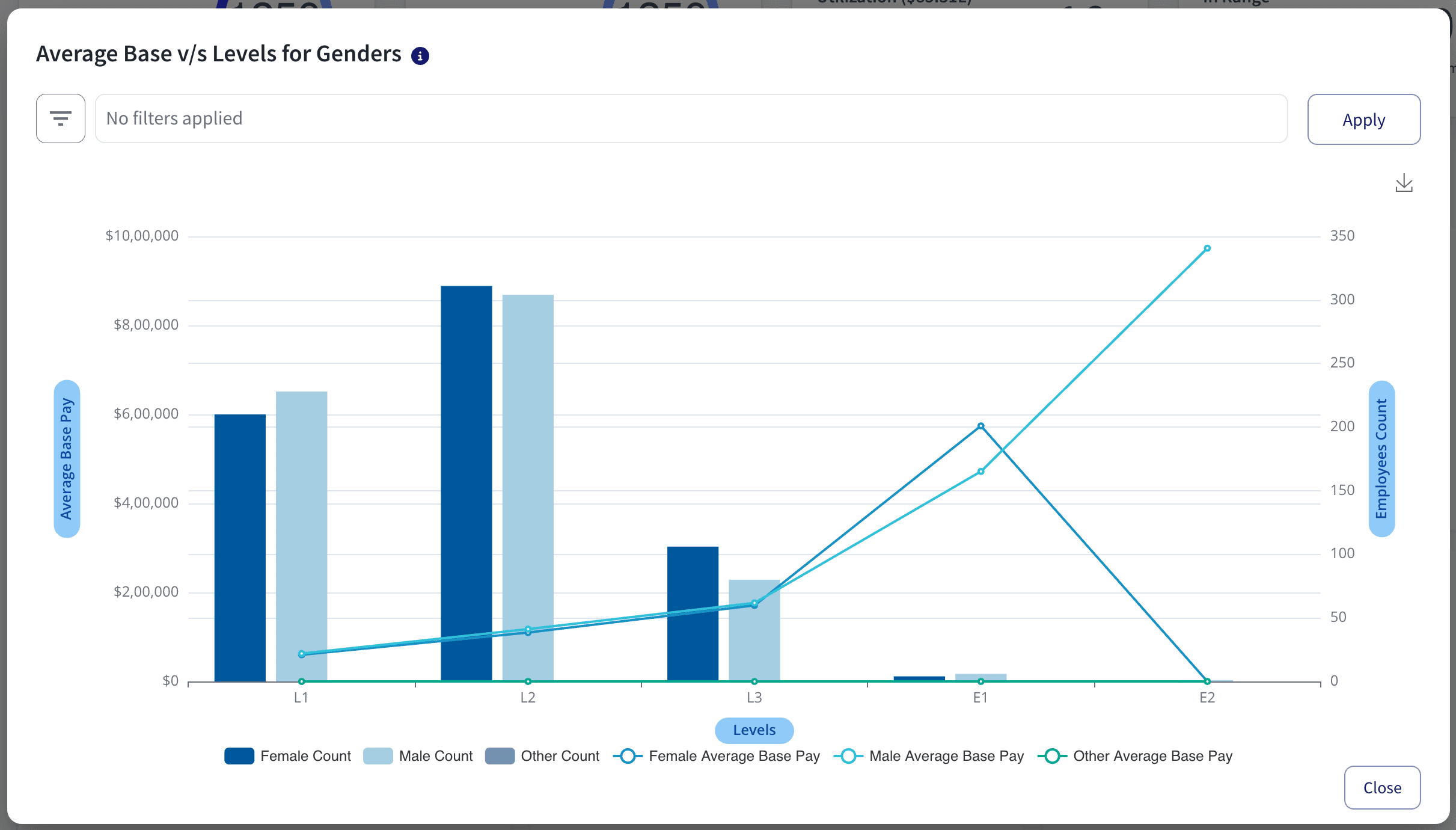
7. Strengthening Total Rewards Strategies for Engagement
Continuous Refinement Through Analytics: Real-time insights enable HR leaders to optimize rewards strategies, ensuring alignment with organizational objectives and employee satisfaction.
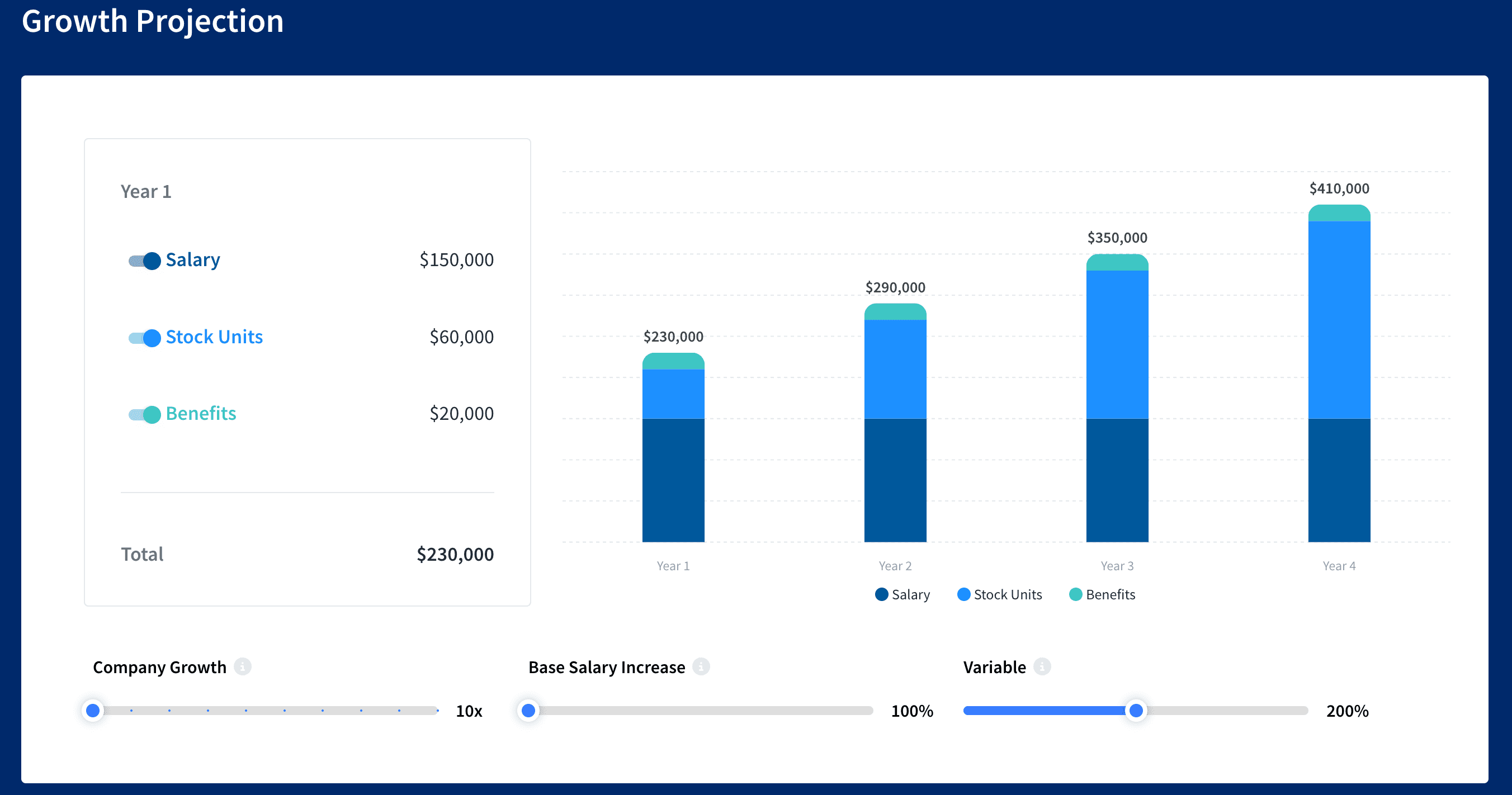
8. Building Strength in Performance through Community Support
Webinars and Podcasts: Hold regular sessions with global experts to keep HR leaders at the forefront of industry trends and help implement innovative trategies that improve performance.
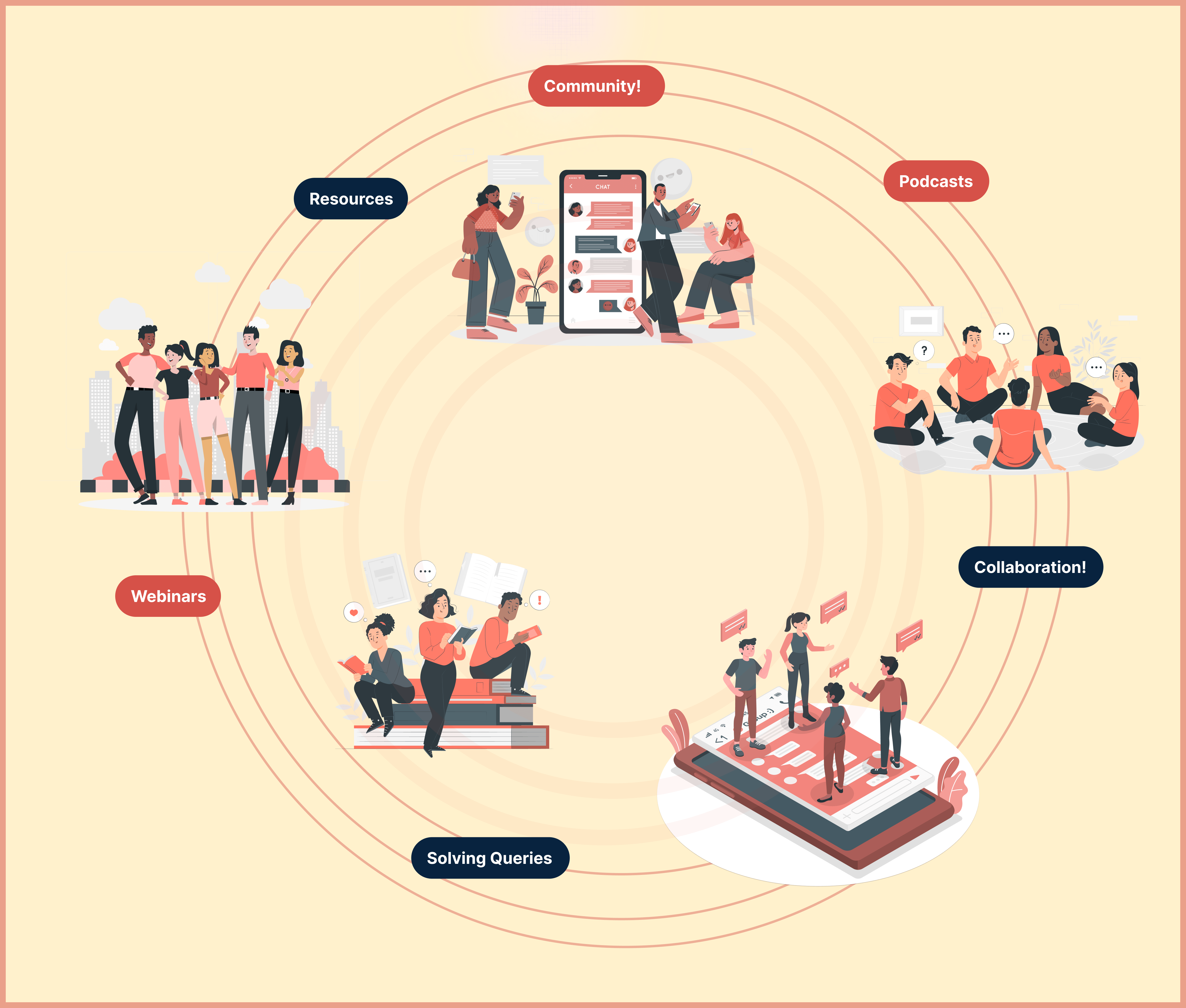
With tools that focus on fairness, recognition, and strategic alignment, CompUp is not just compensating but is setting up a structure for making employees feel valued, motivated, and aligned with organizational goals. Synergy is the foundation of any high-performance culture.
Building a high-performance culture isn’t a one-time task—it’s an ongoing process of alignment, development, and measurement. By focusing on key characteristics and following actionable steps, organisations can create an environment that drives success and empowers employees.
CompUp provides the expertise, tools, and community support to help organisations foster excellence. A high-performance culture isn't a destination—it's a journey. Start yours with CompUp today and unlock your organisation's full potential.
Book a demo now and take the first step toward redefining performance and success in your workplace.
Community Manager (Marketing)
As a Community Manager, I’m passionate about fostering collaboration and knowledge sharing among professionals in compensation management and total rewards. I develop engaging content that simplifies complex topics, empowering others to excel and aim to drive collective growth through insight and connection.
Revolutionizing Pay Strategies: Don't Miss Our Latest Blogs on Compensation Benchmarking